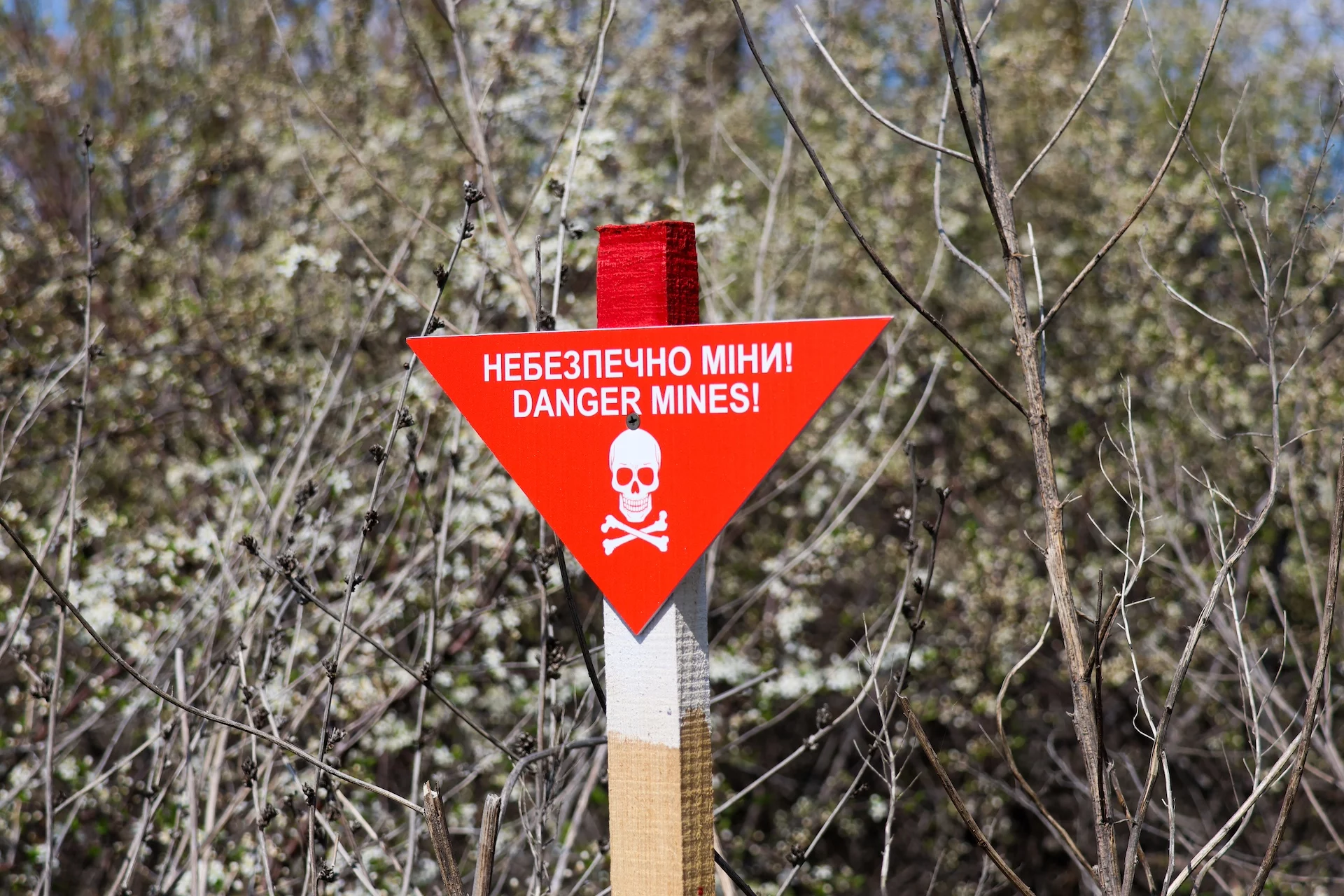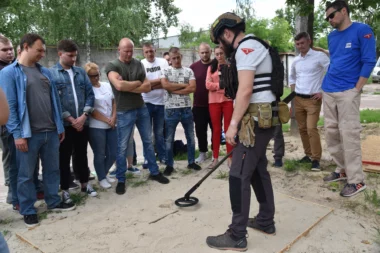Armenia

The aftermath of the Nagorno-Karabakh war
Mine and explosive remnants contamination in Armenia stems mainly from the first Nagorno-Karabakh war (1988–1994). Border areas and some rural regions were particularly affected, compromising the safety and livelihoods of many communities.
Assessing and structuring mine action
Starting in 2012, FSD conducted surveys in several areas, including near the Turkish border and in the Kapan region, to determine the extent of landmine and explosive remnants contamination. Two local teams trained by FSD travelled through villages and interviewed residents to identify hazardous areas. These surveys covered 47 million square metres and made it possible to plan clearance operations and prioritise interventions.
Strengthening the autonomy of national actors
Between 2013 and early 2015, a capacity-building programme enabled the training of staff from the Armenian Centre for Humanitarian Demining (ACHDE), particularly in the use of the IMSMA database, an international information management system that collects data on mine contamination in each country to help prioritise clearance efforts. FSD also contributed to the development of the National Mine Action Standards (NMAS). This support provided Armenia with clear standards, an operational information system and qualified local specialists, paving the way for more effective and coordinated mine action management.
For nearly 30 years, FSD has been working to make land safer. Explore the key milestones of our humanitarian work since our first demining operation in 1998.
Latest news from FSD
View all
How to become deminer?
FSD’s deminers come from all walks of life: farmers, teachers, IT specialists and many others. Many have had their lives…
Humanitarian demining Iraq

Tourist destinations still marked by the scars of war
In the world, nearly one in three countries remains contaminated by landmines and explosive remnants of war, particularly across much of South-East…
Landmines and explosive remnants Colombia Iraq Sri Lanka

Beyond demining: preparing to hand over the reins
Faced with this reality, FSD — with the support of Switzerland — is working on two fronts: clearing land today,…
Humanitarian demining Prevention and risk education Ukraine